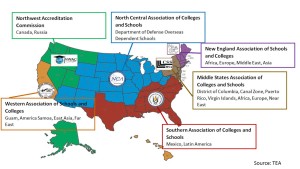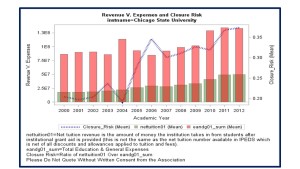There has been a lot of talk in the campaign trails on how the candidate will deal with the gigantic $1.3 trillion student loans debt. This indicates finally this country realizes that there is something wrong with the US higher education despite some say otherwise. Waiting until 2016 to address such important issues show:
- For some people the student loans is not really important. It surfaces as a campaign rhetoric may be just to get student loans borrowers’ votes.
- The regulator often adopts a reactive policy instead of proactive or even “do nothing policy”.
- Most players in the past have pretended that the country higher education system is not broken.
- Some players have taken advantages because the system in fact is badly broken.
- Past administrators have lack of “will” to straight things down, and chose to quit rather than to fight all the way through.
- The next administration needs to appoint a person-in-chief that has the bone to say what is wrong and take real actions to fix things regardless of the challenges from many sides.
- Appoint a person-in-chief that has the integrity, courage and ability to focus on the interest of Uncle Sam’s and not others.
- The next administration needs to be honest to the people instead to the groups of people who happen to be his or her supporters in the campaign trail.
- A “big name school” does not always indicate or a credible signal that the person-in-chief for the job has the quality as mentioned in point 5, 6 and 7.
- Empty promises or lies will cause more damages than good.
The remaining questions are “Can Uncle Sam find the person-in-chief with such qualities”? Or “will the next administrator be able to carry out what has been promised in the campaign trails”? Or will it be just another empty promise as any politician will do”?


